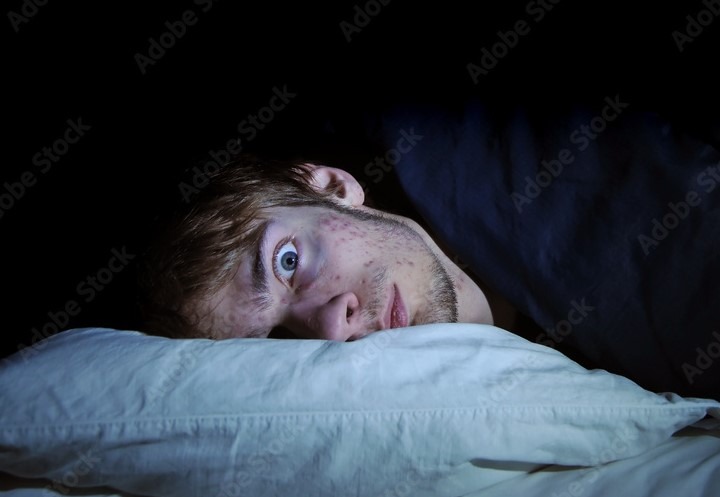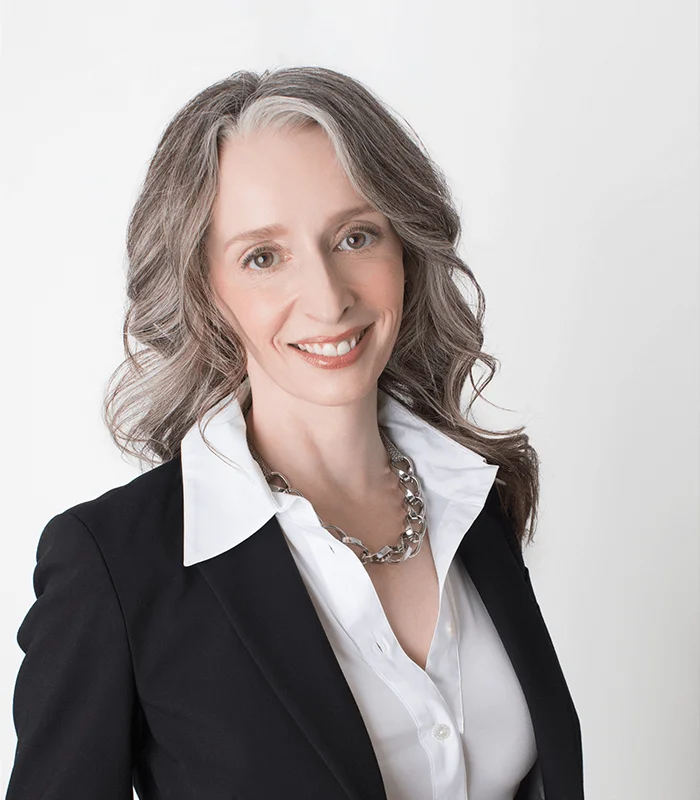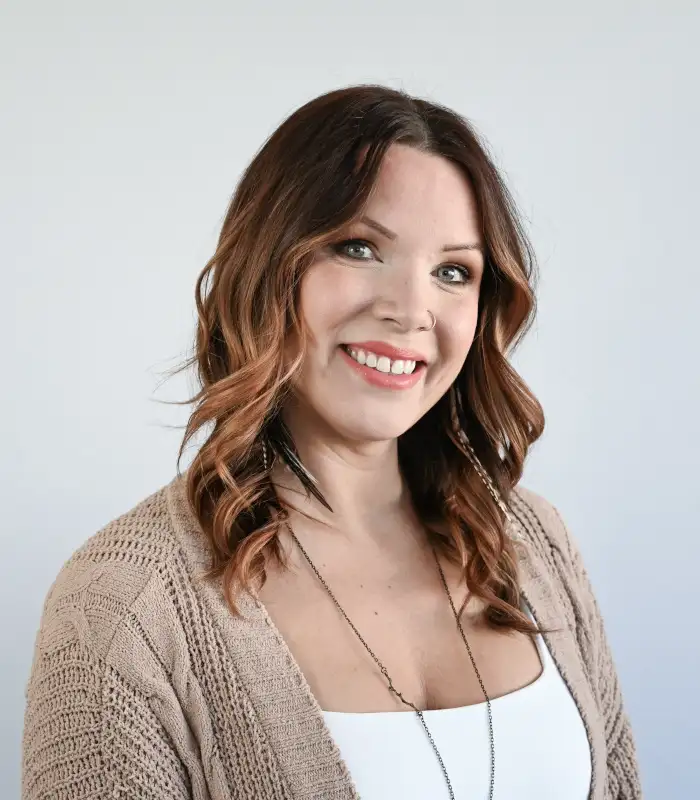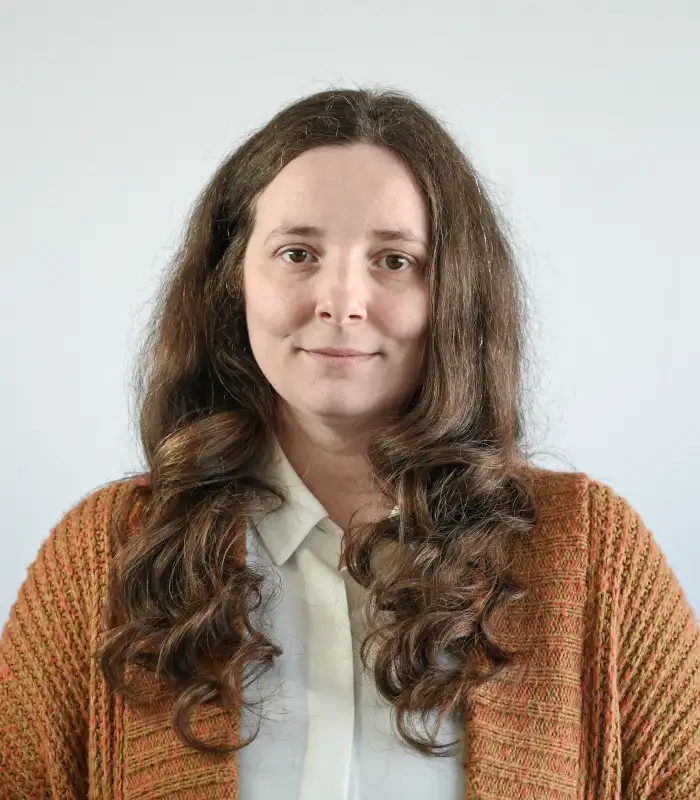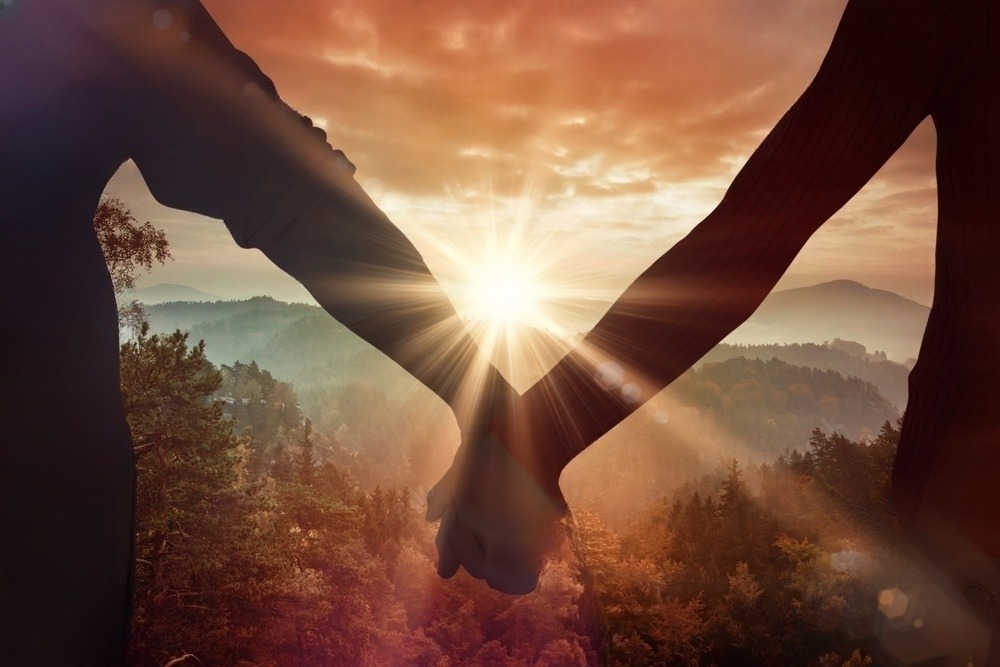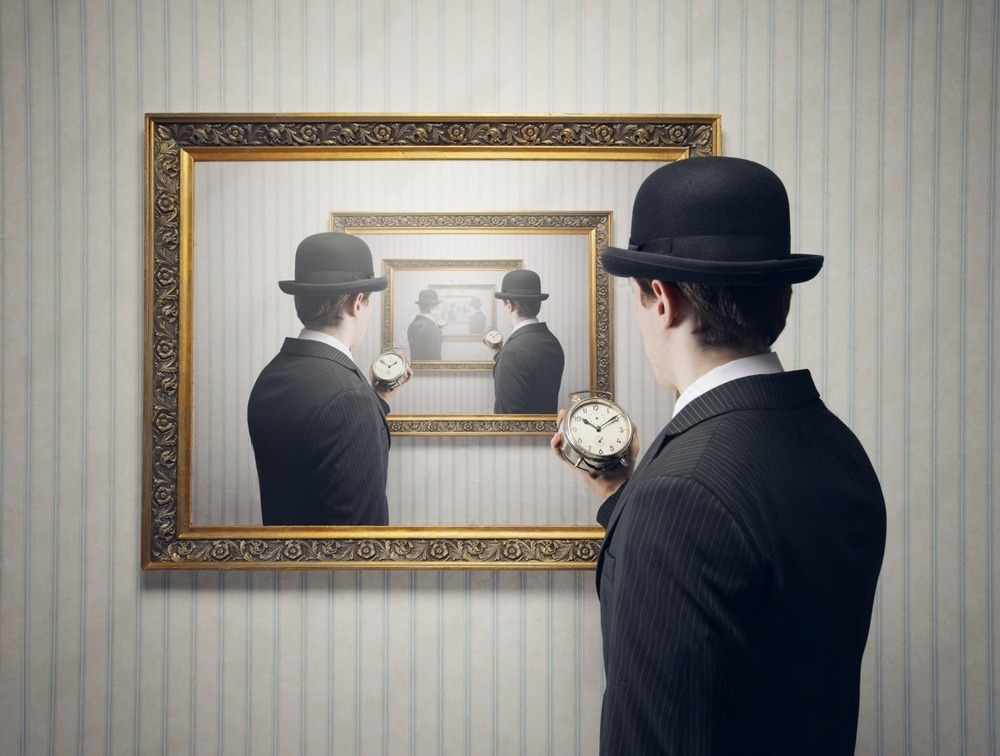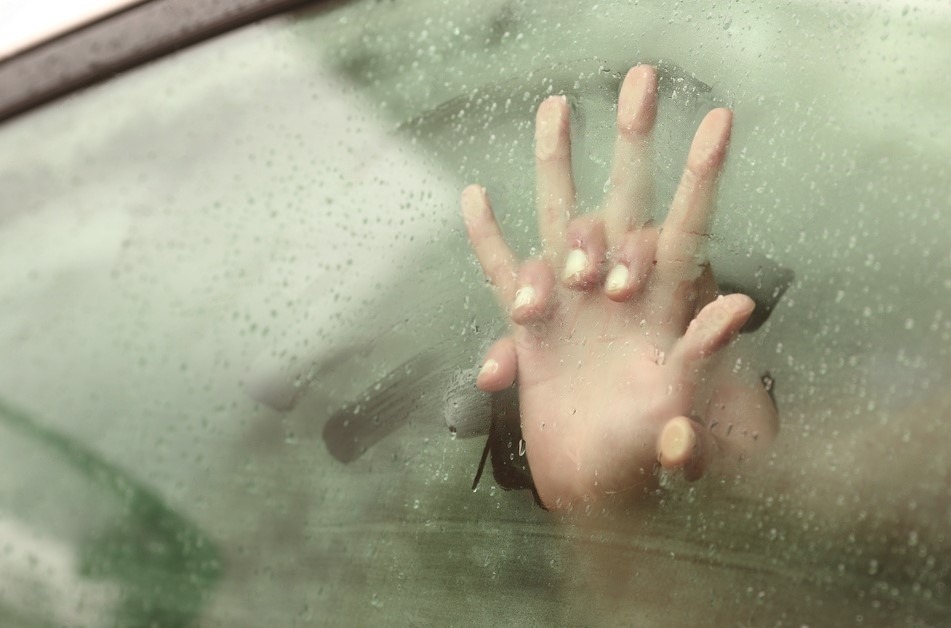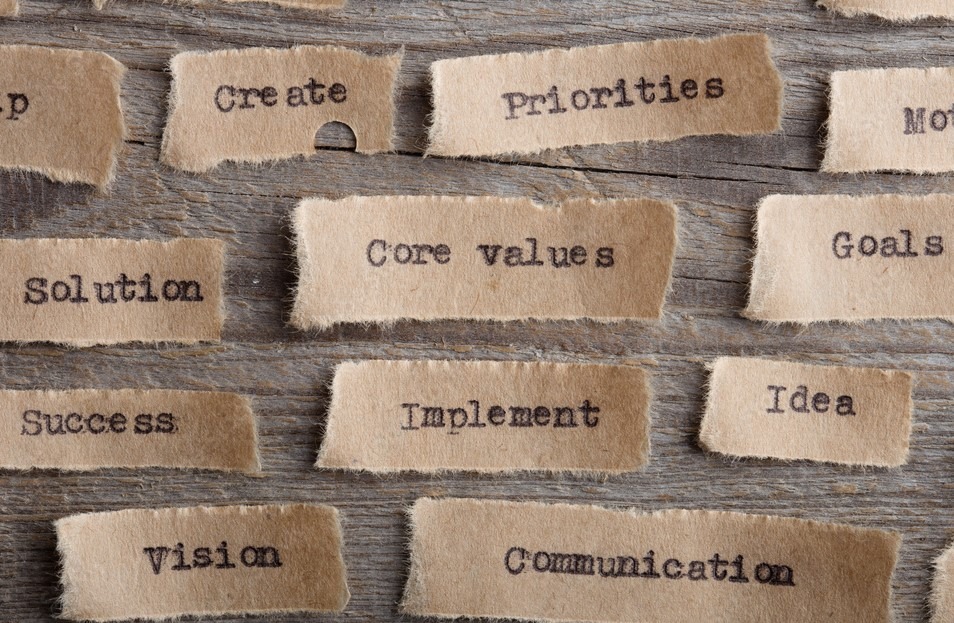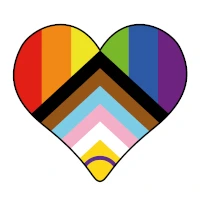It’s spooky season folks and that means another discussion on classic horror tropes. This year, we’re going to learn about sleep paralysis. In movies, books, and folk tales this phenomenon seems mysterious and dangerous. Let’s explore the science, cultural understanding, and the relationship with other sleep disorders!
What is sleep paralysis?
Have you ever woken up in the middle of the night and suddenly couldn’t move? You might have even seen something in the shadows or felt something touching you. You might have even heard whatever it was talking to you. Alternatively, it could even feel like whatever it is, is sitting on your chest, preventing you from taking a full breath. You can experience a variety of tactile, auditory, or visual hallucinations. This experience can be terrifying and confusing, but don’t worry, we know what it is and what we can do to help.
Sleep paralysis is an actual sleep disorder that is diagnosable and treatable. It occurs in conjunction with disorders like narcolepsy, however it can occur on its own and when it does, we call it Nightmare disorder sleep paralysis subtype or recurrent intermittent sleep paralysis. Specifically, it is an REM (rapid eye movement) parasomnia. This means that it occurs when you are transitioning into or out of REM sleep.
When you fall asleep, your brain relaxes your body and sends a stop signal to decrease the ability to move significantly (which is called REM atonia). This helps us to basically stay in the same spot when we sleep and prevents us from acting out our dreams. We don’t typically notice this because, well, we’re asleep. Sleep paralysis, however, occurs on the cusp of waking or falling asleep which should lead to the beginning/end of REM atonia but doesn’t. So, your body can’t move but you’ve become aware of it due to the disruption in the typical sleep/wake cycle. This adjustment in typical functioning is why it’s classified as a sleep disorder.
Why does it happen?
There are a lot of potential reasons why sleep paralysis happens. We think that it is a relatively common disorder affecting up to 7.6% of the general population and up to 28% in students! However, one of the reasons that I used “think that” is because it’s difficult to statistically capture good records if someone isn’t sure what they’re looking for, if it is a nightmare or an episode of sleep paralysis. This can lead to under-representation in the literature about its frequency of these occurrences.
There are several physical health disorders that may lead to an increased likelihood of experiencing sleep paralysis. Hypertension, narcolepsy, sleep apnea, alcohol use and Wilson’s disease are all examples of this. Poor sleep, in general, is also more likely to lead to it. Unfortunately, this also includes shift workers. Due to the frequent sleep disruptions associated with shift changes, shift workers are at a higher risk to experience disordered sleeping than the general population.
Cultural Aspects of Sleep Paralysis
What you are experiencing during sleep paralysis and how it is viewed by others, is affected by cultural expectations and norms. This includes whether you even identify it as sleep paralysis! Especially in early research, and as noted above, these type of sleep episodes were often simply identified as nightmares. We can actually find records of this all the way back to the 1st century BC! In these early accounts, those experiencing sleep paralysis would describe it as a supernatural entity or an evil creature occupying them. While in modern day, we don’t always think that, there are some interesting cultural presentations of what we see when paralysis events do occur.
Let’s start with Canada! Generally speaking, Canadians perceive these events to be a nightmare. However, in Newfoundland it’s been reported as “bein an old hag” (which is like a witch). This reference to witchery is similar to what is often reported in the southern United States, Italy, and Nigeria! In Cambodia, China, Saint Lucia, and West India it is often attributed to ghosts or spirits.
These are, of course, traditional and cultural interpretations of the phenomenon, while most people generally understand it’s a form of sleep disorder. Most cultures will have a term for sleep paralysis, which presentation comes to mind when you think of it?
What can help?
There are quite a few things that can help with decreasing the frequency of sleep paralysis. Sleeping on your side, or any position that isn’t on your back, will decrease the likelihood that you’ll experience an episode. Additionally, good general sleep hygiene can also be effective in decreasing its occurrence, especially through efforts that decrease the intake of substances like caffeine (including energy drinks) that are more likely to keep you awake. Medications can also be helpful, so if that option interests you please speak with your family physician.
If you have a partner, they’ve probably noticed your sleep disruption (and the panicky scream that is characteristic of sleep paralysis). One method of managing these occurrences is to ask them to touch you when they hear murmuring or feel you trying to move. This can help to end the episode, and get everyone back to sleep as soon as possible.
If these aren’t helping though, therapy is often the recommended choice. Luckily, we here at Unstuck can help with that. There are a variety of therapies that can assist with sleep paralysis, which are aimed at reducing the level of sleep disruption. Book your risk-free consultation with us today!
Angela MacLeod, MA
Registered Psychologist
References
Dahlitz, M., & Parkes, J. D. (1993). Sleep paralysis. Lancet, 341 (8842), 406-407. DOI: 10.1016/0140-6736(93)92992-3
Denis, D. (2018). Relationships between sleep paralysis and sleep quality: Current insights. Nature and Science of Sleep, 10, 355-367.
Denis, D., French, C., & Gregory, A. (2018). A systematic review of variables associated with sleep paralysis. Sleep Medicine Reviews 38, 141-157. https://doi.org/10.1016/j.smrv.2017.05.005
Drinkwater, K. G., Denovan, A., & Dagnall, N. (2020). Lucid dreaming, nightmares, and sleep paralysis: Associations with reality testing deficits with paranormal experience/belief. Frontiers in Psychology, 11:471. https://doi.org/10.3389/fpsyg.2020.00471
Olunu, E., Kimo, R., Olufunmbi, E., Akpanobong, M., Enang, I. E., Osanakpo, M., Monday, I. T., Otohinoyi, D., Omotuyi, A., & Fakoya, J. (2018). Sleep paralysis, a medical condition with a diverse cultural interpretation. International Journal of Applied and Basic Medical Research, 8(3), 137-142. DOI: 10.4103/ijabmr.IJABMR_19_18.
Sharpless, B. A., & Barber, J. P. (2011). Lifetime prevalence rates of sleep paralysis: A systematic review. Sleep Medicine Review 15(5), 311-315. DOI:10.1016/j.smrv.2011.01.007
Stfani, A., & Högl. (2021). Nightmare disorder and isolated sleep paralysis. Neurotherapeutics 18, 100-106.https://doi.org/10.1007/s13311-020-00966-8 https://doi.org/10.1007/s13311-020-00966-8
